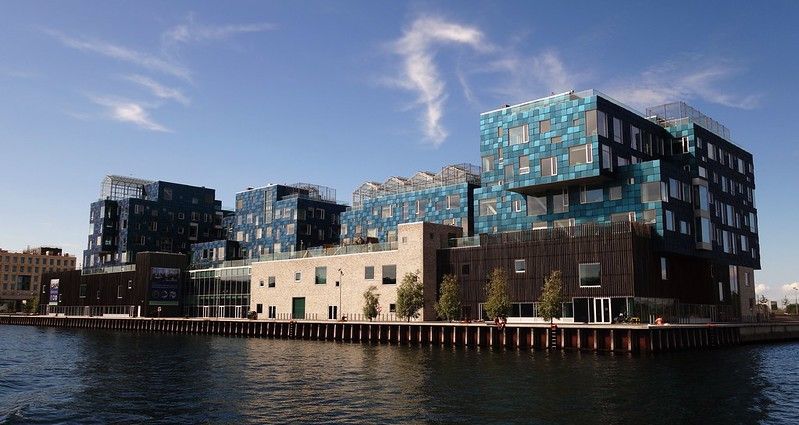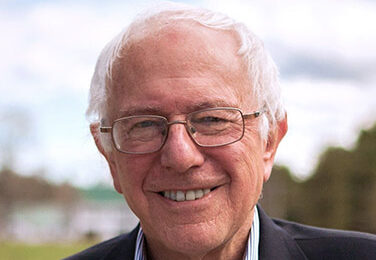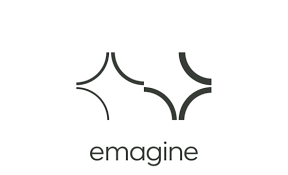Arriving in a new country with a family is a huge leap of faith. Getting school right is a huge factor in international families thriving in Denmark. Depending on where you are in the country, there are some different options to consider.
Primary school:
Children usually attend primary school (grundskole) for ten years from the year that they turn 6, although exceptions can be made for children who are school-ready earlier or need a little extra time in daycare. There are 10 grades from 0th (kindergarten, or børnehave) to 9th. Some schools offer an optional 11th year called 10th grade (10. klasse).
Folkeskole:
Folkeskoler are run by the borough council (kommune), who only charge for afterschool care (SFO).
Reception class:
If a family wishes for full Danish immersion, they can choose to send their child to a reception class – a special unit within a school where children focus on Danish skills. One advantage of this path is that the child will receive extra funding for extra Danish-language support.
International lines:
Denmark has been experimenting with bilingual classes, within folkeskoler, for the last three grades of school, whereby students are taught some of their subjects in Danish and some in English.
In some schools, students are only prepared for the Danish school leavers’ tests but in others, students have the opportunity to sit some IGCSE papers. IGCSE exams can be offered nationwide. They are intended for children who are fluent in Danish, and are a good option for both Danish children who want an academic challenge and also international families who intend to stay permanently.
International schools:
There are two international schools run by the local municipality (kommune) in Denmark. Lolland International School in Maribo is run bilingually with Danish and English; The European School in Copenhagen is trilingual with Danish, English and French. Kalundborg Kommune will be opening an international school in 2025. There are no fees in these schools.
Friskoler
Friskoler are state subsidised and charge for both tuition and for afterschool care, and are held to the same standards as folkeskoler. They are inspected yearly. International schools must apply for dispensation to teach in a language other than Danish, and this is usually granted when the school intends to attract families with shorter contracts in the country.
Many international programmes run for 11 years, so international schools must align the last year of their programme with either the Danish 9th or 10th grade. If the final year is 9th grade, the first year must be a pre-school grade run according to daycare rules which are administered and inspected by the local kommune.
International: International Baccalaureate (IB)
International Baccalaureate started as a college preparation programme for the children of diplomats in the 1970s. Now it offers four programmes, ranging from age 3 in the Primary Years, through 12 to 16 in the Middle Years up to age 18 in the Diploma and Career-related Programmes.
The emphasis is on offering a balanced range of subjects, cross-curricular learning and community service. Schools must be inspected by both the IB organisation and the Danish authorities. Danish can be taught as a second or first language in such schools but no other subjects are taught in Danish. At the end of the Middle Years, there are assessments for high school entry.
International: British
A few providers offer an international education programme from primary until upper secondary, aligned with the British school system, for example the Cambridge Pathway. Schools may choose which subjects they wish to teach and which IGCSE examinations to offer. Friskoler with a foreign language dispensation are permitted to teach subjects in Danish. This means that some schools, such as Institut Sankt Joseph in Copenhagen, can offer a bilingual programme.
Others offer Danish as a first or second language and the rest of the curriculum is drawn from the British curriculum. It is legal for friskoler to have no school leavers’ test, or for schools with permission to teach in another language to offer the Danish school leavers’ test alongside IGCSEs.
International: Other
There are some international schools in Denmark which align with other national and international systems, for example Lycée Français Prins Henrik or Sankt Petri Schule, and Viking International (aligned with the International Primary Curriculum). Viking International also has some bilingual teaching, where some subjects are offered in Danish, for example sport and art.
Øresund Internationale Skole’s teaching language is Danish and offers two hours of mother tongue lessons per week if there are enough students with the same mother tongue.
Boarding school (Efterskole)
An option for students in the last years before high school is boarding school (efterskole). They charge for tuition and board. These schools are typically themed around an interest such as sport or performing arts. This means there are some efterskoler which specialise in an international curriculum, either as a fully immersive English experience such as in The International (in Vedersø), or as part of a bilingual programme such as in for example Odsherreds, Ranum or Skals with IGCSE examinations in some subjects alongside Danish school leaver tests.
High school (Gymnasium)
If a student has attended a school with the full range of Danish school leaver tests, they can use their predicted grades to apply for high school (gymnasium). If they attended a school with no Danish leavers’ tests (prøvefri), they can sit Danish language entrance exams in four subjects (English, Danish, Mathematics, Physical Science), to demonstrate their readiness. There are several Danish language programmes to choose between.
For students who wish to be taught in English, there are 15 international high schools. Most offer IB Diploma Programme but there are also two Danish/German schools, one Danish/French school and one European Baccauleate.
Most are free but there are three private fee-paying IB schools.
If the student has attended 11 years of school and has the right predicted grades, they can be admitted straight into the two-year IB Diploma Programme. If they have attended 10 years they can start with a pre-IB year to bring them up to speed.
Further reading:
Information on: International primary and lower-secondary education
Information on: International gymnasier
International Schools Database
www.internationalschools.dk/
Quick guide:
Primary Education/Grundskole: 10 years, starting at age 6.
Types of school:
Folkeskoler
Kommunale Internationale Grundskoler
Friskoler
Efterskoler
Gymnasier
Programs available:
International Baccalaureate
European Baccalaureate
International Primary Curriculum
British, French or German curriculum
Copenhagen region has 16 international schools
The thirteen other cities with an international school have only one each
Check on your kommune website to see if they have an international line in a local school
















